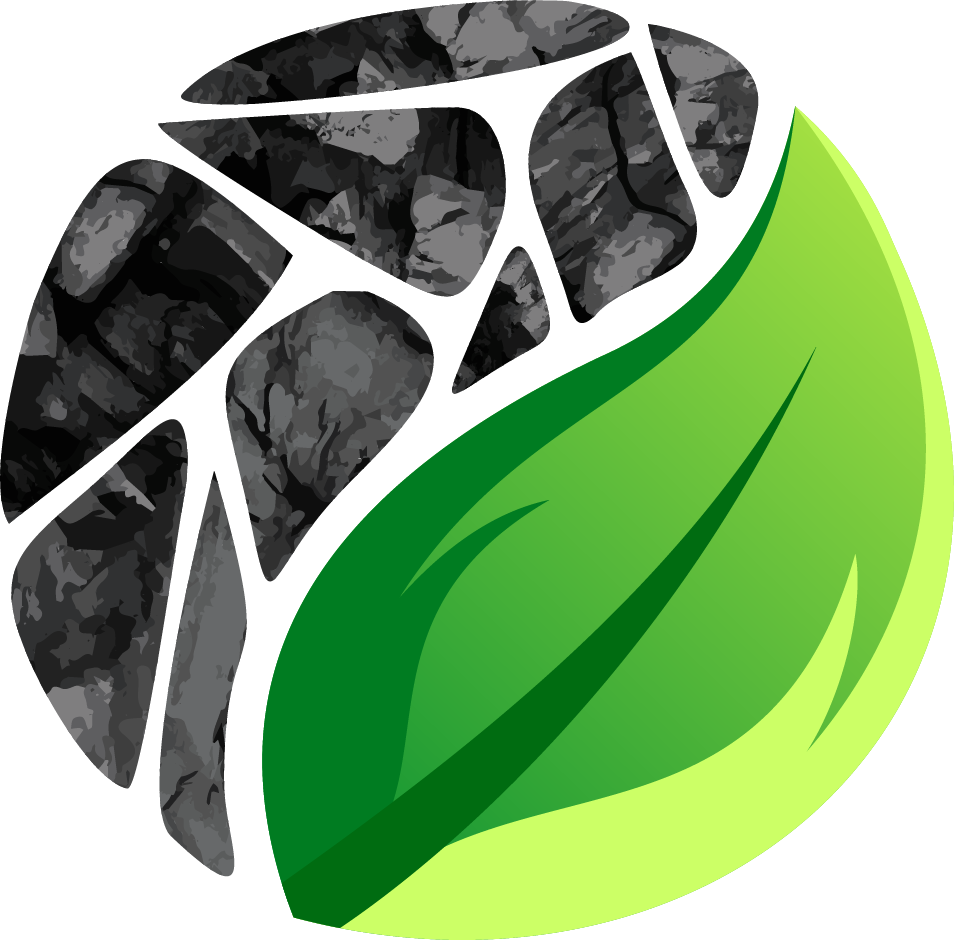REACH registration is usually the process by which manufacturers and importers fulfil their legal obligation to register imported and/or manufactured substances with the European Chemicals Agency (ECHA) in accordance with the REACH Regulation.
Certification can be a sub-process of the conformity assessment of a product or other evidence of compliance with a given requirement or standard. In general, certifications are mostly temporary and are issued by accredited (private sector) certification bodies.
Certification can be a sub-process of the conformity assessment of a product or other evidence of compliance with a given requirement or standard. In general, certifications are mostly temporary and are issued by accredited (private sector) certification bodies.
Substances, substances in mixtures or, in individual cases, substances in articles are registered. These are not finished products (articles), but only their chemical ingredients or components. Trademarks or companies cannot be registered under REACH.
Compilation of substance information mostly in the form of predefined test reports and process descriptions. Preparation of a inquiry dossier using IUCLID software. Acquisition of a Letter of Access, joining a joint submission in REACH-IT, submission of a registration dossier, payment of the registration fee, receipt of the registration number.
Registration procedure
Registration procedure
Costs are usually incurred vis-à-vis
- ECHA: in the form of registration fees (depending on quantity and company size);
- The lead registrant (or consortium): in the form of the letter of access + an administrative fee, if applicable;
- Optionally, a service provider: in the form of laboratory, consultancy and REACH registration services.
Follow-up costs arise when the registration quantity is changed. These are pro rata ECHA fees, LoA costs and, if applicable, costs for service providers.
To change information on chemical data and their uses, the tonnage band or the company, the registration dossier must be updated without undue delay (Administrative update - 3 months; Complex update - 3, 6 or 9 months)
In certain cases this is foreseen. These cases are described in an ECHA practical guide.
ECHA practical guide
ECHA practical guide
As long as no exemption exists, those (ingredients) substances that are produced or imported in quantities of one ton or more per calendar year must be registered.
More information
More information
For EC No 240-383-3, the definition in the previous EINECS registry is still valid: “An amorphous form of carbon produced by partially burning or oxidizing wood or other organic matter”. The biochar can be registered if the analysis results correspond to the extended substance identity profile (SIP) and the specified concentration ranges of the constituents are met. Depending on the used starting materials, additional studies can be required to confirm consistency with the extended SIP and to exclude classification according to Regulation (EC) No 1272/2008 (CLP).
At present, we recommend for the registration the use of our Expert Statement on biochar for REACH purposes. An extended SIP in the Joint Submission is in preparation.
At present, we recommend for the registration the use of our Expert Statement on biochar for REACH purposes. An extended SIP in the Joint Submission is in preparation.
The substance is categorized as UVCB substance (“Unknown or variable composition, complex reaction products or biological materials”) by the European Chemicals Agency (ECHA). UVCB substances are described by a combination of the starting materials and manufacturing process. Analysis results show that the main constituent of products, which arise from pyrolysis of biomass as a consequence of carbonization, is chemically similar also when different starting materials are used. Hence, properties such as porosity or rather specific surface area may vary.
According to Article 2 of Regulation (EC) 1907/2006, additional legislation may regulate the use of a substance. Therefore, it should be checked on an individual basis whether the registered use of a UVCB substance, which is manufactured from specific starting materials, is permitted. For example, Regulation (EC) 2019/1009 determines that only biochar from certain starting materials is allowed to be used as additive to fertilizers.
Following the study reports which are available to us, classification of charcoal as dangerous substance due to self-heating is not required in accordance with the CLP Regulation and the rules for international transport. Hence, the data show that, depending on the type of charcoal, reduction of the packaging units to volumes from 450 liters to 3 m3 can be necessary. It is recommended to explore the self-heating behavior of biochar on an individual basis. Recommendations for sea transport may serve as a rule (MSC 101/24/Add. 3, Annex VII, Page 131).
In general, we can recommend that the dry charcoal condition is decisive for determining the tonnage range.
The following should also be considered:
During transportation and sale of the biochar, the total moisture content should generally not exceed 10% due to the increased risk of spontaneous ignition of moist charcoal. On the one hand, an increased water content of charcoal or biochar reduces dust formation and thus the risk of inhaling dust. On the other hand, an increased water content can promote spontaneous ignition. For this reason, the recommendation for sea freight (cargo shipping) is that the water content should not exceed 10%. In case of doubt, a test according to UN N.4 should be carried out.
The following should also be considered:
During transportation and sale of the biochar, the total moisture content should generally not exceed 10% due to the increased risk of spontaneous ignition of moist charcoal. On the one hand, an increased water content of charcoal or biochar reduces dust formation and thus the risk of inhaling dust. On the other hand, an increased water content can promote spontaneous ignition. For this reason, the recommendation for sea freight (cargo shipping) is that the water content should not exceed 10%. In case of doubt, a test according to UN N.4 should be carried out.


